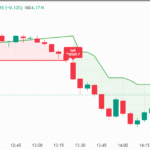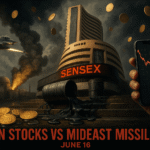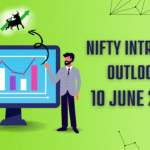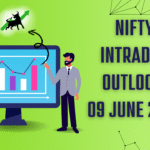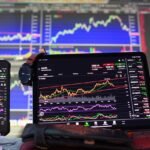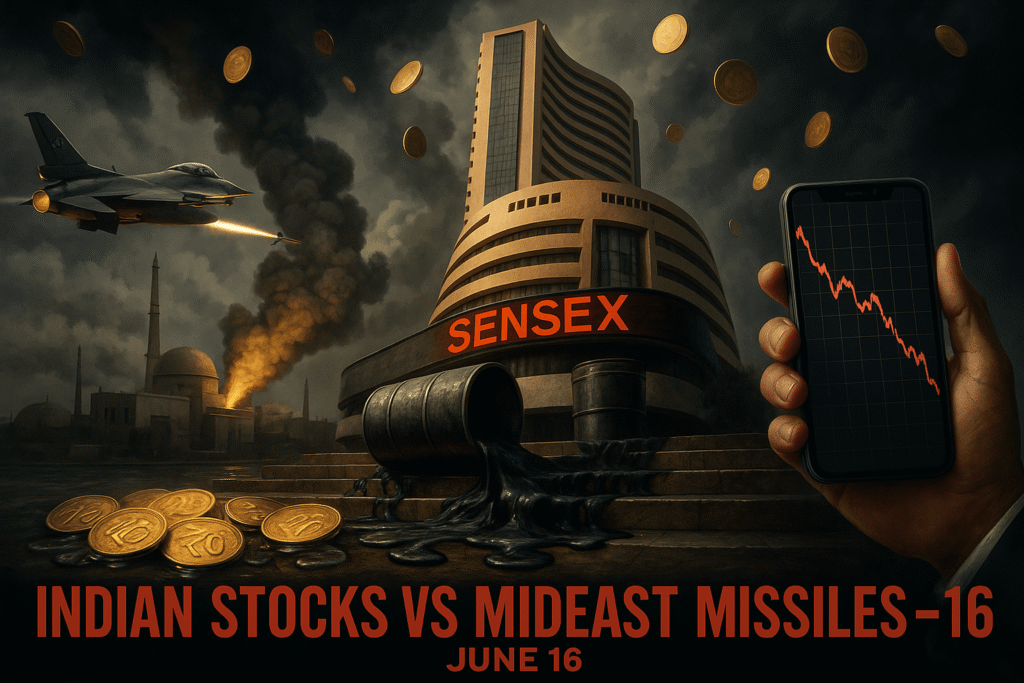Cryptocurrency trading has exploded in popularity over the past decade, offering both incredible opportunities and significant risks. Whether you’re a beginner or someone with experience in traditional markets, trading crypto requires a solid understanding of the fundamentals, strategies, and tools. This guide will walk you through the essential steps to start trading crypto like a pro.
1. Understand the Basics of Cryptocurrency
What Is Cryptocurrency?
- Cryptocurrency is a digital or virtual currency that uses cryptography for security. Unlike traditional currencies issued by governments, cryptocurrencies operate on decentralized networks based on blockchain technology.
Key Cryptocurrencies:
- Bitcoin (BTC): The first and most well-known cryptocurrency, often referred to as digital gold.
- Ethereum (ETH): A decentralized platform that enables smart contracts and decentralized applications (DApps).
- Altcoins: Other cryptocurrencies like Ripple (XRP), Litecoin (LTC), and Cardano (ADA), which offer various features and use cases.
Why It Matters:
- Understanding the basic concepts and differences between cryptocurrencies is crucial for making informed trading decisions.
2. Choose the Right Crypto Exchange
What Is a Crypto Exchange?
- A crypto exchange is a platform where you can buy, sell, and trade cryptocurrencies. Some popular exchanges include Binance, Coinbase, and Kraken.
Factors to Consider:
- Security: Look for exchanges with a strong security track record and features like two-factor authentication (2FA).
- Fees: Compare trading fees, withdrawal fees, and deposit methods to find the most cost-effective option.
- Supported Coins: Ensure the exchange supports the cryptocurrencies you’re interested in trading.
- User Interface: A beginner-friendly interface can make the trading experience smoother.
Why It Matters:
- Choosing the right exchange is the foundation of your trading journey. A secure, reliable, and user-friendly exchange can make a significant difference in your success.
3. Learn Technical Analysis
What Is Technical Analysis?
- Technical analysis involves studying past market data, primarily price and volume, to forecast future price movements. It’s a critical skill for traders who want to make data-driven decisions.
Key Tools and Indicators:
- Candlestick Charts: Visual representations of price movements over specific periods. Each candlestick shows the opening, closing, high, and low prices.
- Moving Averages (MA): Help identify trends by smoothing out price data over time.
- Relative Strength Index (RSI): Measures the magnitude of recent price changes to evaluate overbought or oversold conditions.
- MACD (Moving Average Convergence Divergence): A momentum indicator that shows the relationship between two moving averages.
Why It Matters:
- Mastering technical analysis allows you to identify potential entry and exit points, manage risk, and make more informed trading decisions.
4. Develop a Trading Strategy
What Is a Trading Strategy?
- A trading strategy is a systematic plan that guides your trading decisions. It includes rules for when to enter and exit trades, how much capital to allocate, and how to manage risk.
Popular Trading Strategies:
- Day Trading: Buying and selling within the same day, capitalizing on short-term price movements.
- Swing Trading: Holding positions for several days or weeks to benefit from medium-term trends.
- Scalping: Making multiple trades throughout the day to capture small price changes.
- HODLing: Buying and holding cryptocurrency for a long period, regardless of short-term market fluctuations.
Risk Management:
- Set Stop-Loss Orders: Automatically sell your assets if the price drops to a predetermined level, limiting potential losses.
- Diversification: Spread your investments across multiple cryptocurrencies to reduce risk.
Why It Matters:
- A well-defined trading strategy helps you stay disciplined, avoid emotional decisions, and improve your chances of success over time.
5. Stay Informed and Adapt
Why It’s Important:
- The crypto market is highly volatile and influenced by a wide range of factors, including technological developments, regulatory changes, and market sentiment. Staying informed about the latest news and trends is essential for making timely decisions.
How to Stay Updated:
- News Sites and Blogs: Follow reputable crypto news sources like CoinDesk, CoinTelegraph, and CryptoSlate.
- Social Media: Twitter, Reddit, and Telegram are popular platforms where the crypto community discusses market trends and news.
- Market Analysis: Regularly review market analysis reports from credible sources to understand broader market trends.
Adapting Your Strategy:
- Be prepared to adjust your trading strategy as market conditions change. Flexibility is key to long-term success in the dynamic world of crypto trading.
6. Practice with a Demo Account
What Is a Demo Account?
- A demo account is a simulated trading environment that allows you to practice trading without risking real money. Many exchanges offer demo accounts or testnets for new traders.
Benefits of Using a Demo Account:
- Learn Without Risk: Practice trading strategies and technical analysis in real market conditions without financial risk.
- Build Confidence: Gain experience and confidence before committing real capital.
- Test Strategies: Experiment with different trading strategies to find what works best for you.
Why It Matters:
- Practicing with a demo account helps you build skills, develop strategies, and gain confidence, making the transition to live trading smoother and less stressful.
7. Start Small and Scale Up
Why It’s Important:
- When you’re ready to start trading with real money, begin with a small investment. This approach minimizes risk while allowing you to gain experience and refine your strategy.
Tips for Starting Small:
- Set a Budget: Decide on an amount you’re willing to risk without affecting your financial stability.
- Use Fractional Investments: Many exchanges allow you to buy fractions of a cryptocurrency, so you don’t need to invest large sums upfront.
- Focus on Learning: Early in your trading journey, prioritize learning and experience over profits.
Scaling Up:
- As you gain experience and confidence, gradually increase your investment size. Always ensure your risk management strategies grow with your portfolio.
Conclusion
Trading crypto like a pro requires a combination of knowledge, strategy, and discipline. By understanding the basics, choosing the right exchange, mastering technical analysis, developing a solid strategy, staying informed, and practicing with a demo account, you can build a strong foundation for success. Remember to start small, manage your risks carefully, and continuously adapt to the ever-changing crypto market. With patience and persistence, you can navigate the exciting world of cryptocurrency trading and achieve your financial goals.

